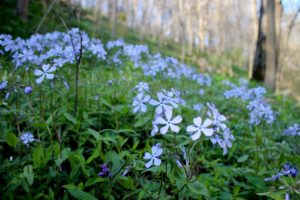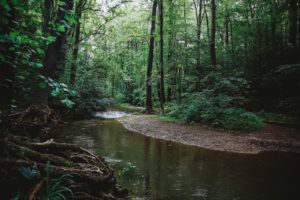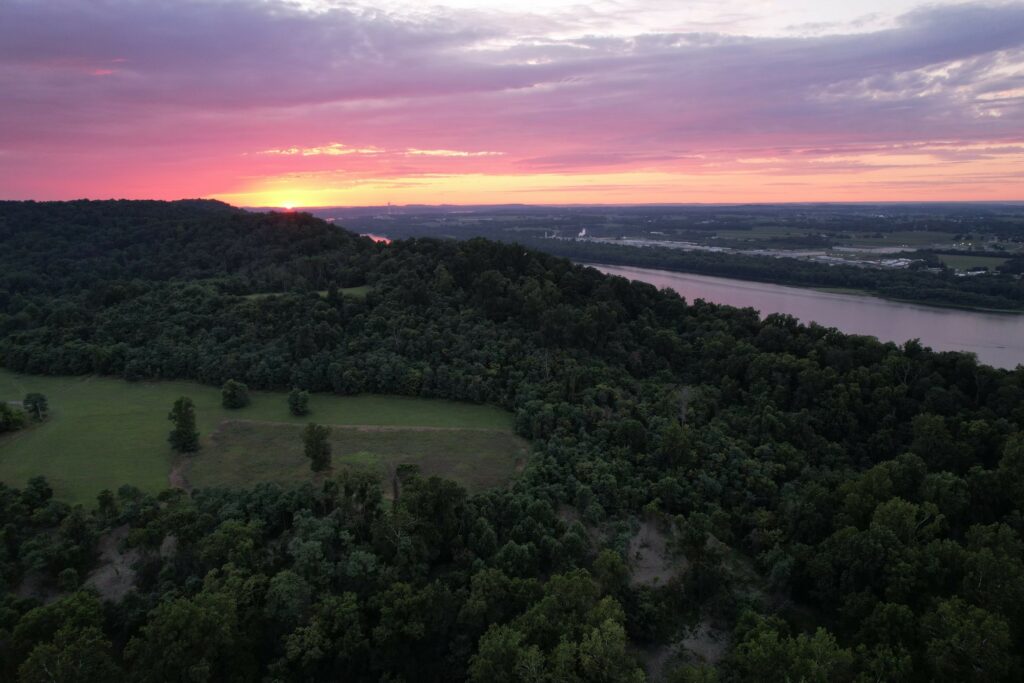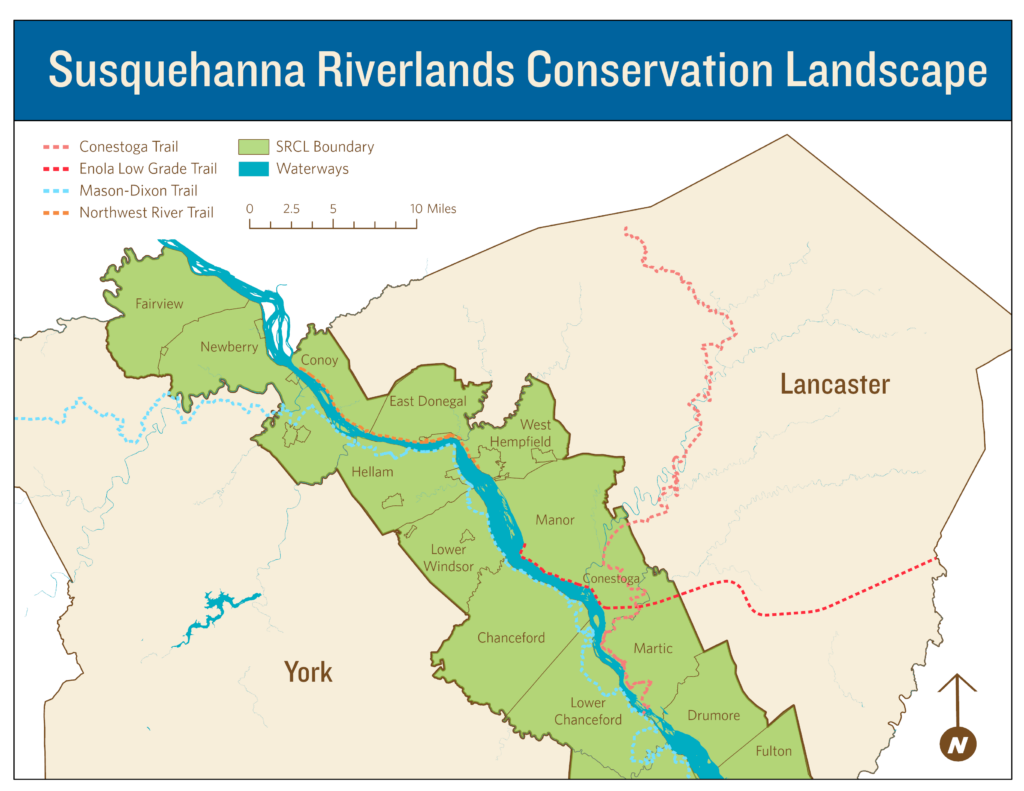Since 1969 the Conservancy has been working to save important natural places for people and wildlife. As more land is lost each year to development, it’s our mission to protect and maintain carefully selected habitat in its natural state as a balance to our growth.
Each conservation project is as unique as the property itself, and we are grateful to work with wonderful partners who allow us the flexibility necessary to save nature however possible!

Photo by Michelle Johnsen Photography
Protect Your Land
If you’re interested in finding out how to protect your land, take a look at the various options outlined below. We’re always up to the challenge of finding creative ways to protect land, so if you have questions don’t hesitate to reach out to chat about your goals.
Donations and Purchases of Land
The main way the Conservancy protects land is outright ownership – we’ve preserved thousands of acres this way! This method allows the Conservancy to acquire strategically important natural lands for conservation, which we will protect and steward forever.
These projects are completed through either full or partial donations of land or an outright purchase. With partial donations and outright purchases we use public and private grant funding to make up the balance of the project costs. Our funders require certain restrictions on the deed, usually that the lands remain open to the public free of charge. Our lands are managed in a natural state and used for hunting, fishing, hiking, bird watching, cross country skiing, picnicking, and other outdoor activities, as well as habitat protection.
Conservation Easements

Photo by Michelle Johnsen Photography
The Conservancy also holds hundreds of acres in conservation easements. Protecting your land with a conservation easement means you will still own the land. We work with owners to create a legally binding agreement that is unique to each property but shares many of the same processes.
With a conservation easement you are giving up your development rights for all or part of the property while continuing your ownership. Giving up the development rights ensures protection of natural, cultural, and scenic resources. You may decide to open your land to the public, but public access is not required.
We work with landowners to identify resources that are important to them and to establish a plan to protect what they value. Once finalized, the conservation easement is recorded and, like a deed when you sell a property, a conservation easement is tied to the land forever. We monitor the conservation easement areas on a yearly basis to ensure the landowner manages the property according to the conservation easement.
Benefits of Protecting Your Land
With full or partial donations of the value of conservation easements or land, the landowner may be able to realize a tax benefit. The Conservancy advises potential donors and their families to work with their attorney, accountant, or financial adviser. Appraisals are an essential part of the process to value donations of land, and they are based on highest and best use of the land. For conservation easements the value is generally the difference between the highest and best use and the value with the conservation easement restrictions in place.
If you are interested in protecting your land or have any questions, please reach out to Kate Gonick, Senior Vice President of Land Protection and General Counsel, at kgonick@lancasterconservancy.org or call the Lancaster Conservancy at 717-392-7891.




